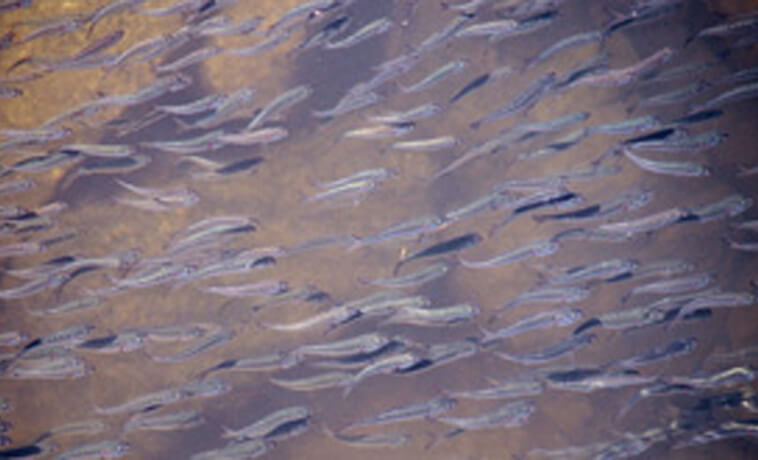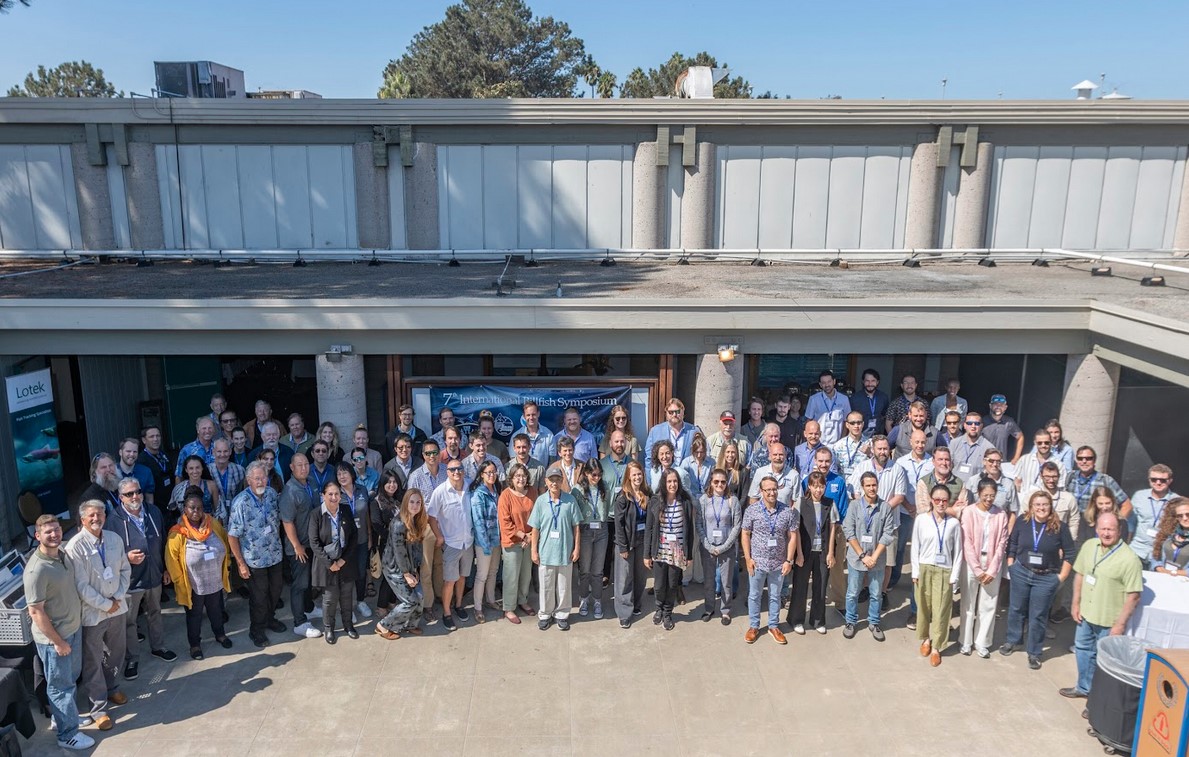WHEN EVERYTHING CHANGED

Introduction to a new blog series, A Question of Science, reflecting on how the health of Atlantic menhaden, one of the most important prey fish in the sea, is assessed.
Confirmation bias is a tendency to search for or interpret information in a way that confirms one’s preconceptions. – Science Daily
Up until about eight years ago, the science was considered sound enough to declare Atlantic menhaden “not overfished” and thereby reject repeated calls by anglers and environmentalists to regulate the catch of what many consider the most important prey fish in the sea.
That all changed in 2011, when the Atlantic States Marine Fisheries Commission (ASMFC) adopted more conservative reference points to assess the health of the menhaden population – that is, standards for measuring fishing mortality and abundance more in line with, although still less restrictive than, those in place for most other fisheries.
When these new standards were applied to the results of the 2010 stock assessment, menhaden were found to be “overfished” and the first-ever coast-wide catch limits were imposed on the fishery a year later.
But while this was going on, the ASMFC’s technical advisors began looking for and finding problems with the assessment, questioning whether it was even fit for managing the fishery, even though it had been approved for management by the Menhaden Management Board at the recommendation of these same advisors. Nevertheless, they gave the assessment – the model, the data and the assumptions that go into it – a complete and thorough overhaul in 2014.
Lo and behold, according to a revised stock assessment presented to the Menhaden Management Board at the beginning of 2015, the stock’s status had improved dramatically; so much so that it was once again no longer overfished and overfishing was not occurring. In fact, the stock was considered so robust that the Commission could safely and substantially increase catches again…and again.
Now, a cynic might be tempted to think this 180-degree turnaround is – as a former mayor of Philadelphia once memorably remarked – “too much of a coincidence to be a coincidence”. Indeed.
But before jumping to that conclusion, let’s back up a little. In the next blog in our A Question of Science series, we look at how in less than a year the menhaden assessment went from what the ASMFC’s technical team assured us was the most reliable assessment they’d ever worked on to one they deemed not suitable for managing the fishery.




